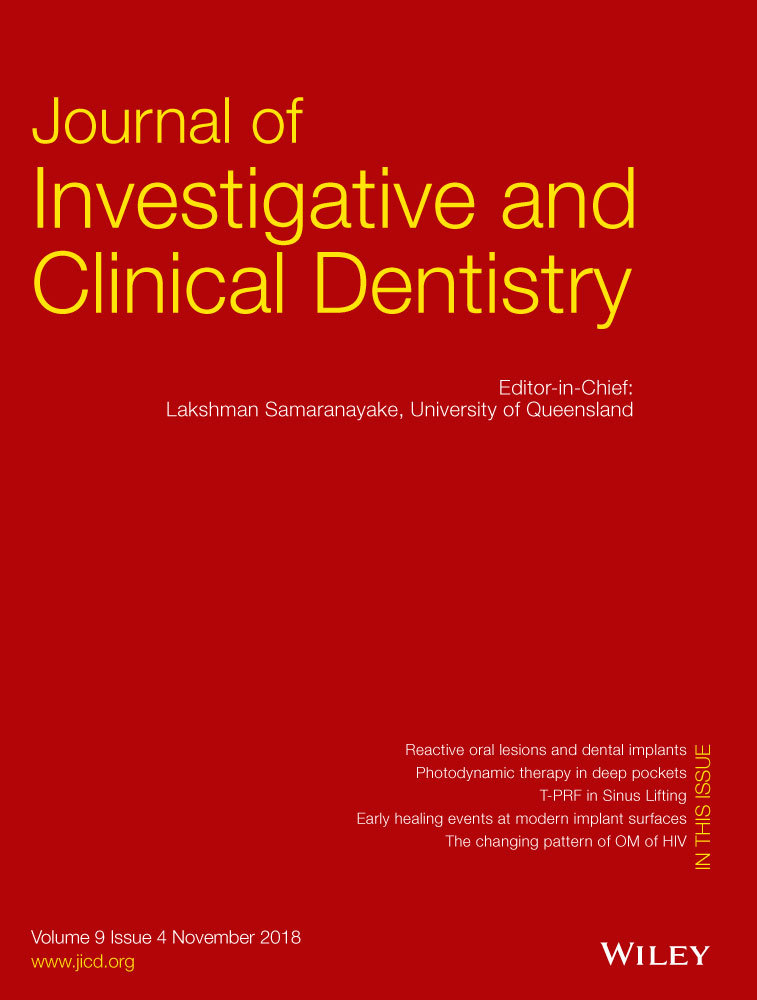Opioid abuse/dependence among those hospitalized due to periapical abscess
Abstract
Aim
Opioid abuse/dependence (OAD) is an emerging public health crisis in the USA. The aim of the present study was to estimate the nationwide prevalence of OAD in those hospitalized due to periapical abscess in the USA.
Methods
The Nationwide Inpatient Sample for 2012-2014 was used. All patients who were hospitalized due to periapical abscess were selected for analysis. In this cohort, OAD was identified and used as the outcome variable. A mix of patient and geographic factors were used as independent variables. The simultaneous association between outcome and independent variables was examined by a multivariable logistic regression model. Clustering of outcomes within hospitals was adjusted. Odds of OAD were computed for all independent variables.
Results
During the study period, 30 040 patients were hospitalized due to periapical abscess; 1.5% of these had OAD. Those aged 18-29 years (odds ratio [OR] = 3.69, 95% confidence interval [CI] = 1.76-7.72, P < 0.01) and 30-44 years (OR = 3.19, 95% CI = 1.77-5.76, P < 0.01) were associated with higher odds for OAD compared to those aged 45-64 years. Blacks were associated with lower odds for OAD compared to whites (OR = 0.52, 95% CI = 0.28-0.95, P = 0.03). Those covered by Medicare (OR = 4.08, 95% CI = 1.458-11.44, P = 0.01), Medicaid (OR = 5.86, 95% CI = 2.22-15.47, P < 0.01), and those who were uninsured (OR = 3.68, 95% CI = 1.30-10.45, P = 0.01) were associated with higher odds for OAD compared to those covered by private insurance. The odds of OAD increased with comorbid burden (OR = 1.66, 95% CI = 1.50-1.84, P < 0.01).
Conclusions
High-risk groups that are likely to have OAD were identified among those hospitalized due to periapical abscess.




